Occupation Actress Movies The Threepenny Opera Role Actress | Name Carola Neher Years active 1920–1931 Children Georg Becker | |
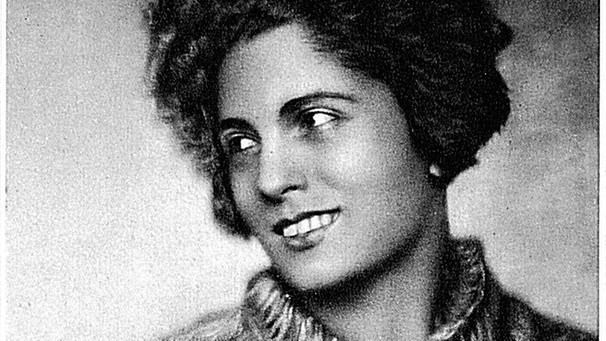 | ||
Similar People Klabund, G W Pabst, Fritz Arno Wagner | ||
Die dreigroschenoper carola neher 1931
Carola Neher (born Karola Neher; 2 November 1900 – 26 June 1942) was a German actress and singer.
Contents
- Die dreigroschenoper carola neher 1931
- die 3 groschen oper fragmentos 1931 vozes cida moreira carola neher ernst busch
- Biography
- Prisoner number 59783
- Burial
- Filmography
- Legacy
- Literature
- References
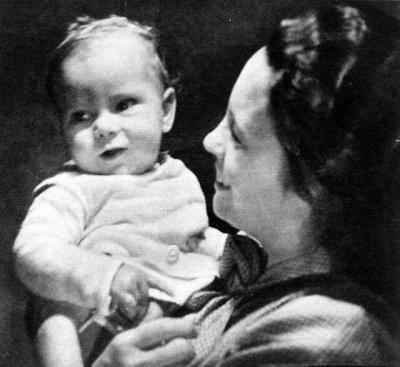
die 3 groschen oper fragmentos 1931 vozes cida moreira carola neher ernst busch
Biography
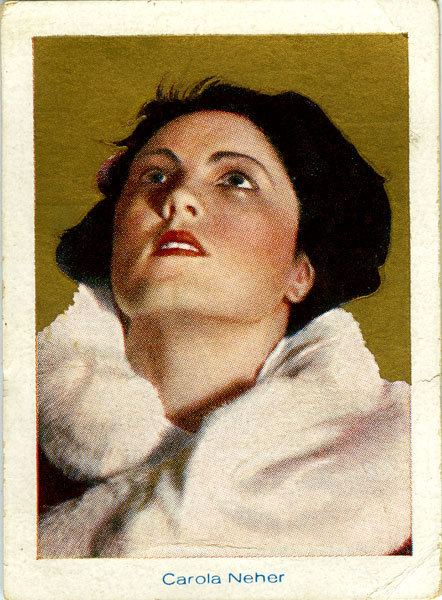
Neher was born in Munich in 1900. She started to work as a bank clerk in 1917. In the summer of 1920, she made her debut performance at the Baden-Baden theater without a specific stage education, later also working at the theaters of Darmstadt, Nuremberg and at the Munich Kammerspiele. In 1924, Neher started to work at the Lobe-Theater Breslau, where she met Therese Giehse and Peter Lorre.
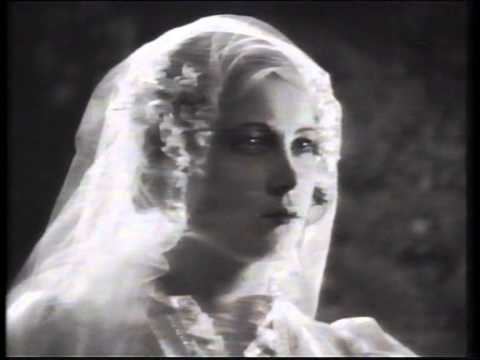
On 7 May 1925 she married Alfred Henschke (the poet Klabund), who had followed her from Munich to Breslau, at that time already a well known and successful poet. The first performance of his Circle of Chalk ("Der Kreidekreis") turned into her first great success.
In 1926, Neher went to Berlin to work with Bertolt Brecht. He wrote the role of Polly Peachum in The Threepenny Opera, but late in rehearsals her husband died at Davos on 14 August 1928. She was therefore unable to appear at the premiere, but acted the role of Polly in the later performances. Brecht wrote several roles for her, such as Lilian Holiday in Happy End and the title role in his Saint Joan of the Stockyards. She enjoyed success as Marianne in Ödön von Horváth's Tales from the Vienna Woods, and embodied and immortalized Polly in G.W. Pabst's 1931 film version of The Threepenny Opera.
While in Berlin, she practiced boxing with Turkish trainer and prizefighter Sabri Mahir at his studio, which opened to women (including Vicki Baum and Marlene Dietrich) in the 1920s. Posing for a photograph opposite Mahir and equipped with boxing gloves and a maillot, she asserted herself as a “New Woman”, challenging traditional gender categories.
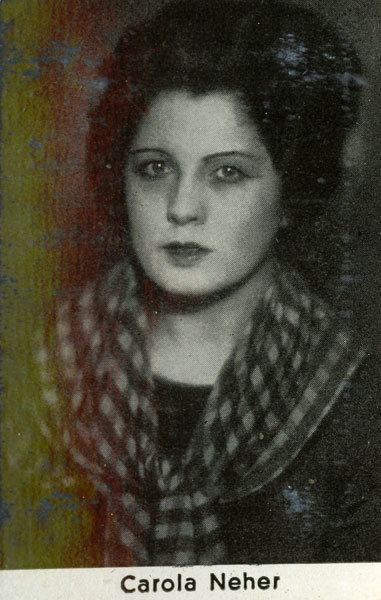
In 1932 she married Anatol Becker and left Germany after Adolf Hitler's ascension to power in spring 1933. She first emigrated to Prague, where she worked at the New German Theater, but went on to the Soviet Union in 1934, where she met Gustav von Wangenheim and worked with him at his cabaret Kolonne Links.
In 1936, during the Great Purge, Wangenheim denounced Neher and Becker, as Trotskyites, she was arrested on 25 July 1936. Becker was executed in 1937; Neher was sentenced to ten years in prison and sent to a gulag near Orenburg, where she died of typhus on 26 June 1942, aged 41.
Prisoner number 59783
An ardent supporter of the KPD, the German communist party, Neher left Germany shortly after the Nazis took over and emigrated to Prague, then to Moscow where she appeared on the stage as a cabaret artiste. In the spring of 1936, Neher's husband, also an ardent communist, was arrested and imprisoned on charges of "Terrorist Activities". He was accused of planning an assassination attempt on the person of the Soviet leader, Stalin.
Following his incarceration, Neher relentlessly searched for him, going from prison to prison trying to trace his whereabouts. This was a very perilous activity given that she was herself under surveillance by the Secret Police. In her secret file, recently found in the KGB archives, she was already branded as an "adventuress with anti-soviet sympathies", which at the time equated to a death sentence by the Moscow regime.
She was finally arrested and sent to prison a few months later. She endured exceptionally harsh treatment there and tried to commit suicide by slashing her wrists. After several weeks of interrogation and torture, she was condemned to 10 years hard labour in a gulag as "Trotskyist spy and conspirator", whilst Becker was shot in front of a firing squad. Several of her long-time friends, among them Bertolt Brecht, tried to help her but to no avail.
Neher was sent to Oryol, an internment camp for political dissidents where other prominent Trotskyists like Christian Rakovsky, Maria Spiridonova and Olga Kameneva were also imprisoned. Very few details are available about Neher afterward. As of March 1941, she was still alive. A letter she sent to the orphanage, where her 7-year-old son Georg had been sent, survived. In the letter she inquires about his health and whether he still remembered her. We also know that she was not one of the 160 prominent political prisoners shot in Oryol during the Stalin purges of September 1941.
In August 1941, as German troops rapidly moved across the steppes, Neher and the other Orel prisoners were released so they could be evacuated, the final destination being Siberia. They would spend the winter of 1941–42 in the Ural transit camp of Sol-Ilezk, situated south of Orenburg in a desolate region bordering on Kazakhstan. Inadequate living conditions led to a typhus epidemic among all of the prisoners. The only German woman prisoner to survive Sol-Ilezk, Hilde Duty, wrote of Neher's last days: "We helped one another as best we could. It was the fifth day of her illness, and they took Carola to what passed as our sick bay. Two days later—on June 26, 1942—one of our fellow prisoners returned from there to report, 'Carola has found deliverance' (Carola ist erlöst). We never saw her again."
Burial
Neher (prisoner number 59783) died there on 26 June 1942. Her body was buried in an unmarked mass grave. Her son, Georg, became a music teacher and only found out about his parents' identity in 1975.
Filmography
The Threepenny Opera (German: Die 3 Groschen-Oper) is a 1931 German musical film directed by G. W. Pabst. It was produced by Seymour Nebenzal's Nero-Film for Tonbild-Syndikat AG (Tobis), Berlin and Warner Bros. Pictures GmbH, Berlin. The film is loosely based on the 1928 musical theatre success The Threepenny Opera by Bertolt Brecht and Kurt Weill. As was usual in the early sound film era, Pabst also directed a French language version of the film, L'Opéra de quat'sous, with some variation of plot details (the French title literally translates as "the four penny opera"). A planned English version was not made. The two existing versions were released by The Criterion Collection on home video.
The Threepenny Opera differs in significant respects from the play and the internal timeline is somewhat vague. The whole of society is presented as corrupt in one form or another. Only some of the songs from the play are used, in a different order.
